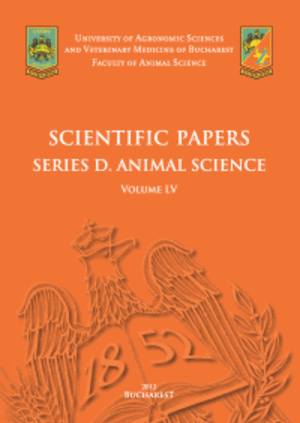Published in Scientific Papers. Series "Management, Economic Engineering in Agriculture and rural development", Vol. 24 ISSUE 4
Written by Mihai Valentin HERBEI, Cosmin Alin POPESCU, Florin SALA
The study analyzed the spatial variability of the autumn wheat crop, based on remote sensing techniques. The RapidEye satellite system was used to retrieve images of the wheat crop. The images were taken during May, when the vegetation was already well represented in relation to the vegetation conditions. Based on the images, the NDVI index was calculated. The map of the NDVI index was reclassified and six classes resulted (C1 to C6). The NDVI raster image was transformed into vector format and the area (Area, ha) was calculated for each class. The area per class varied between 1.873 ha (3.81%) in the case of C1, and 12.659 ha (25.78%) in the case of C4. There were significant differences between sample medians of NDVI on the six identified classes, H (chi2) = 1.877E04, Hc (tie corrected) = 1.877E04, p = 0. According to the t Test and the Wilcoxon Test, there were significant differences (sig. diff.) between the data series C1 to C6 of the NDVI index, and the mean value, respectively the median, at the wheat crop level. The Area variation in relation to NDVI was described by a 3rd degree polynomial model (R2 = 0.999, p = 0.00104). The spatial distribution of NDVI values was most likely associated with fertilization works, which generated certain non-uniformity in the distribution of fertilizers.
[Read full article] [Citation]

 Next Issue will be published according the the calendar.
Next Issue will be published according the the calendar.



